Try a free weight loss plan that actually works—no hunger, no hidden fees, no nonsense. Just real food and real results.
Let’s be honest — most “miracle” weight loss programs are either overpriced, overhyped, or just plain impossible to stick with.
You don’t need expensive subscriptions, starvation diets, or mystery shakes to lose weight. You just need real food, smart habits, and a plan that fits your life to maximize health benefits.
According to the Centers for Disease Control and Prevention (CDC), over 42% of U.S. adults struggle with obesity, yet studies show that small, sustainable lifestyle changes are far more effective than extreme diets.
So, if you’ve been burned by fads before, take a deep breath — this free weight loss plan is different. It’s simple, practical, and proven to help you achieve a healthy weight without losing your mind (or your wallet).
The Real Reason You Keep Losing Weight and Regaining It
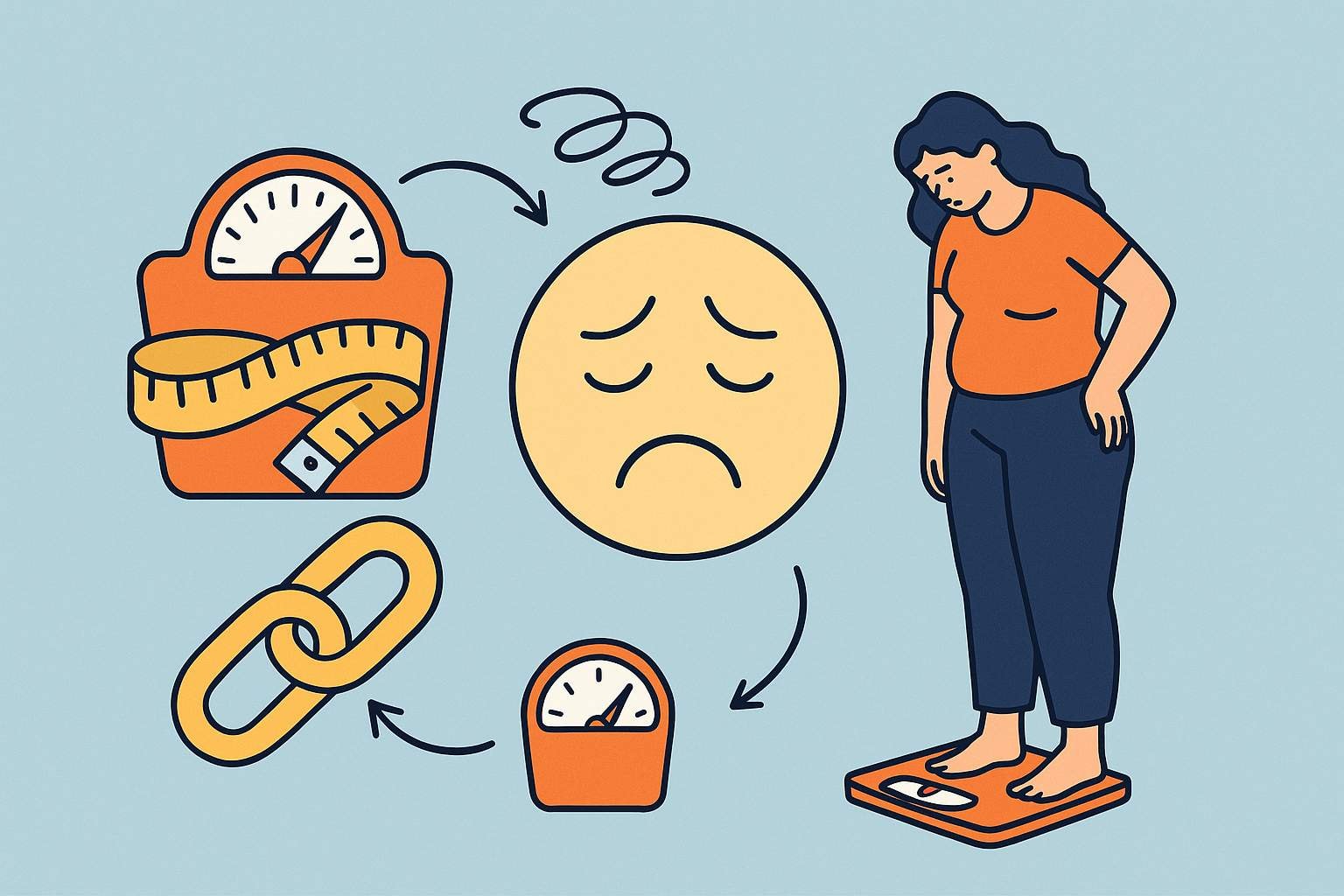
If you’ve ever started a free weight loss plan and then gained it all back, you’re not alone. Studies by the National Institutes of Health (NIH) show that around 80% of people who lose weight regain it within a year.
That happens not because you’re lazy — but because most diet plans are too strict and unrealistic.
Here’s what’s really going on:
-
When you eat too little, your body slows down your metabolism to “save energy.”
-
You lose muscle instead of fat, so the moment you stop, your weight shoots back up.
-
Cutting entire food groups or skipping meals can harm your health and cause extra weight gain later.
-
Stress, lack of sleep, and poor healthy eating habits make things worse.
As Dr. Michael Greger, author of How Not to Diet, says, “The best diet is one you can stick to for life — not just for a few weeks.”
That’s exactly what this guide is about — a healthy, easy, and proven way to get real results without giving up real food.
The Science Behind Healthy Weight Loss
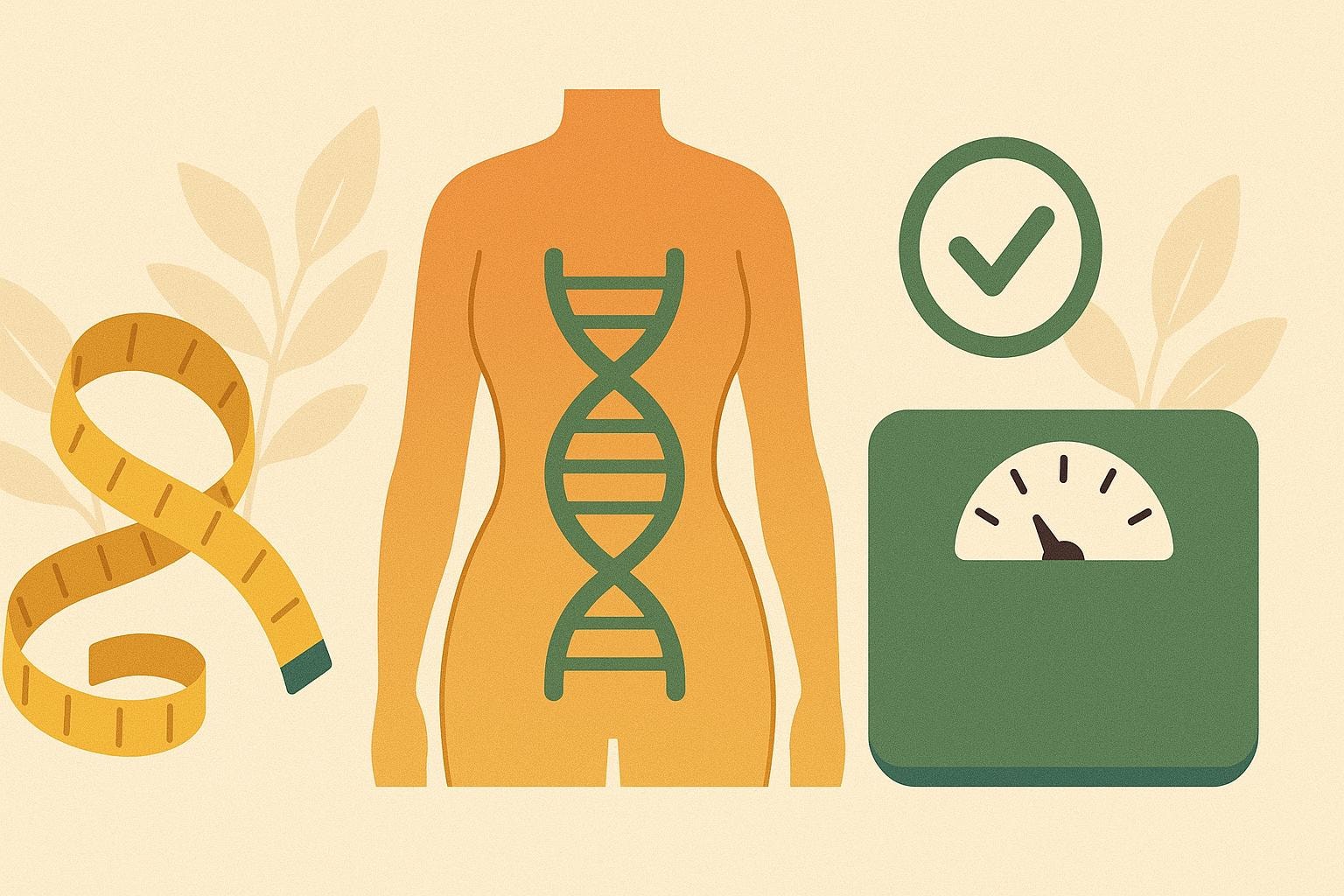
Most people think weight loss is just about eating less and working out more. But that’s only part of the story. Real, healthy weight loss starts with understanding how your body, nutrition, and daily routine work together. Let’s break it down in simple steps.
How your body burns calories and stores fat
Your body burns calories all day — even when you sleep. This is called your metabolism. When you eat food, your body uses it for energy. If you eat more than you need, your body stores it as fat for later.
But here’s the catch — when you eat too little or skip meals, your body slows down to save energy. That makes it harder to lose weight and easier to regain it later.
Tip: Eat balanced meals with whole grains, vegetables, chicken, or fish. These foods give steady energy and help maintain your healthy weight.
Why healthy weight loss means eating more—not less
Sounds strange, right? But eating the right foods helps you lose weight safely. When you eat healthy, your body burns calories faster. Skipping meals slows your metabolism and causes cravings.
Instead of starving yourself, fill your meal plan with:
-
Cooked vegetables and whole grains
-
Low fat proteins like chicken or fish
-
Fruits and nuts for snacks
A 2023 report from the CDC found that people who focused on healthy eating and portion sizes lost an average of 10% more body fat than those who cut too many calories. The key is not to eat less but to eat smarter.
The role of nutrition, physical activity, and healthy habits
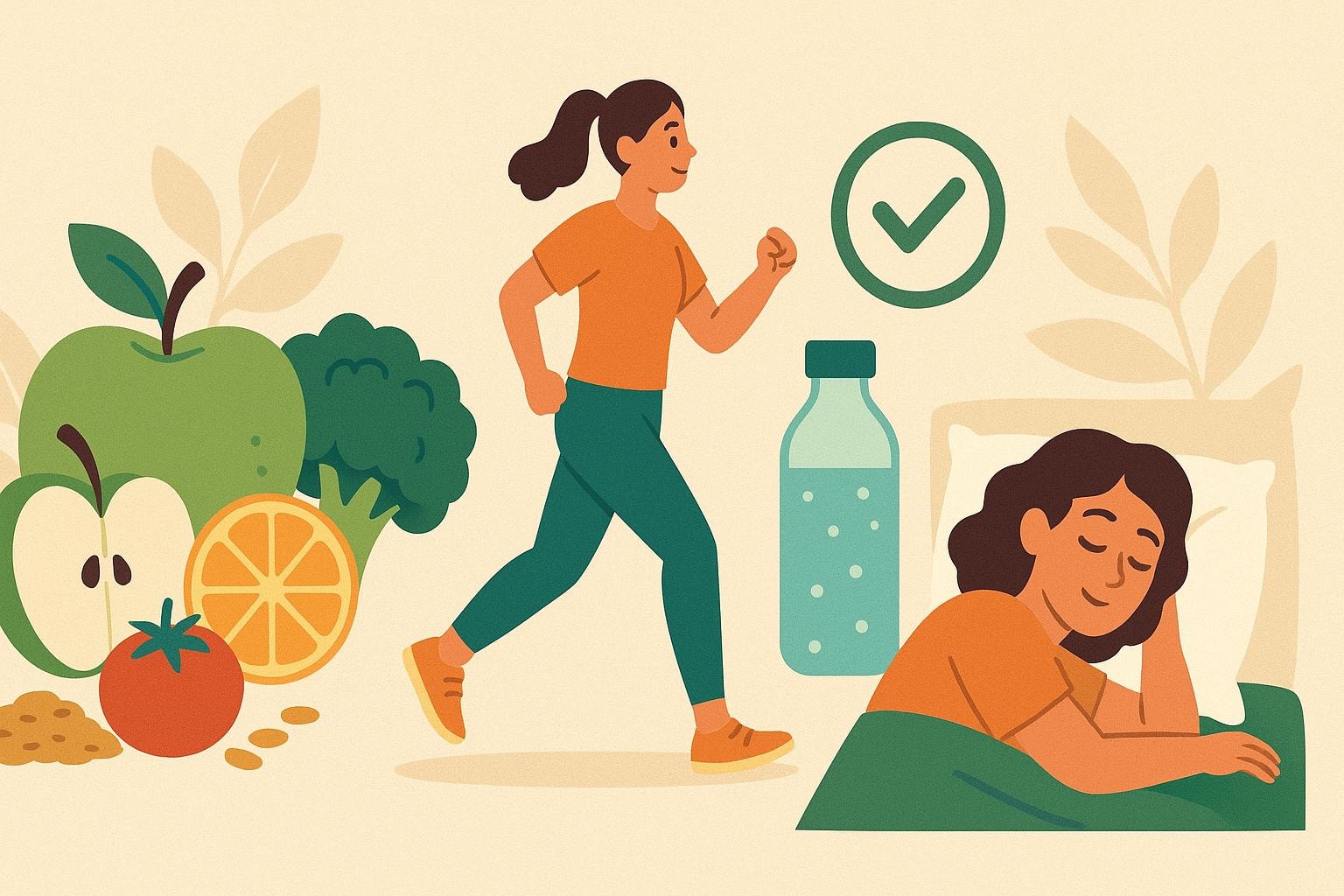
Good nutrition fuels your body. Regular physical activity keeps your heart strong and burns extra weight. Together, they create a lasting balance.
Try this simple approach:
-
Add 30 minutes of walking or light exercise to your daily routine.
-
Eat foods rich in fiber like veggies, broccoli, and spinach.
-
Build healthy habits — drink water before meals and limit sugary drinks.
“Being physically active and eating well don’t just help you lose weight,” says Dr. David Katz, Yale University Prevention Research Center. “They help you feel better and live longer.”
Common health conditions like high blood pressure and heart disease linked to excess weight
Extra weight can do more than make your jeans tight. It increases the risk of high blood pressure, heart disease, and other health conditions. The American Heart Association reports that every 5–10 pounds of excess weight raises your chance of developing high blood pressure by about 10%.
Simple fixes that work:
-
Follow a free weight loss plan that focuses on healthy weight loss and real food.
-
Include olive oil, whole grains, and vegetables in your diet.
-
Stay consistent — small lifestyle changes make a big difference over time.
Free Weight Loss Meal Plan: A 1-Month Real-Food Strategy
Easy healthy eating recipes for pre-breakfast, breakfast, lunch, evening snack, and dinner
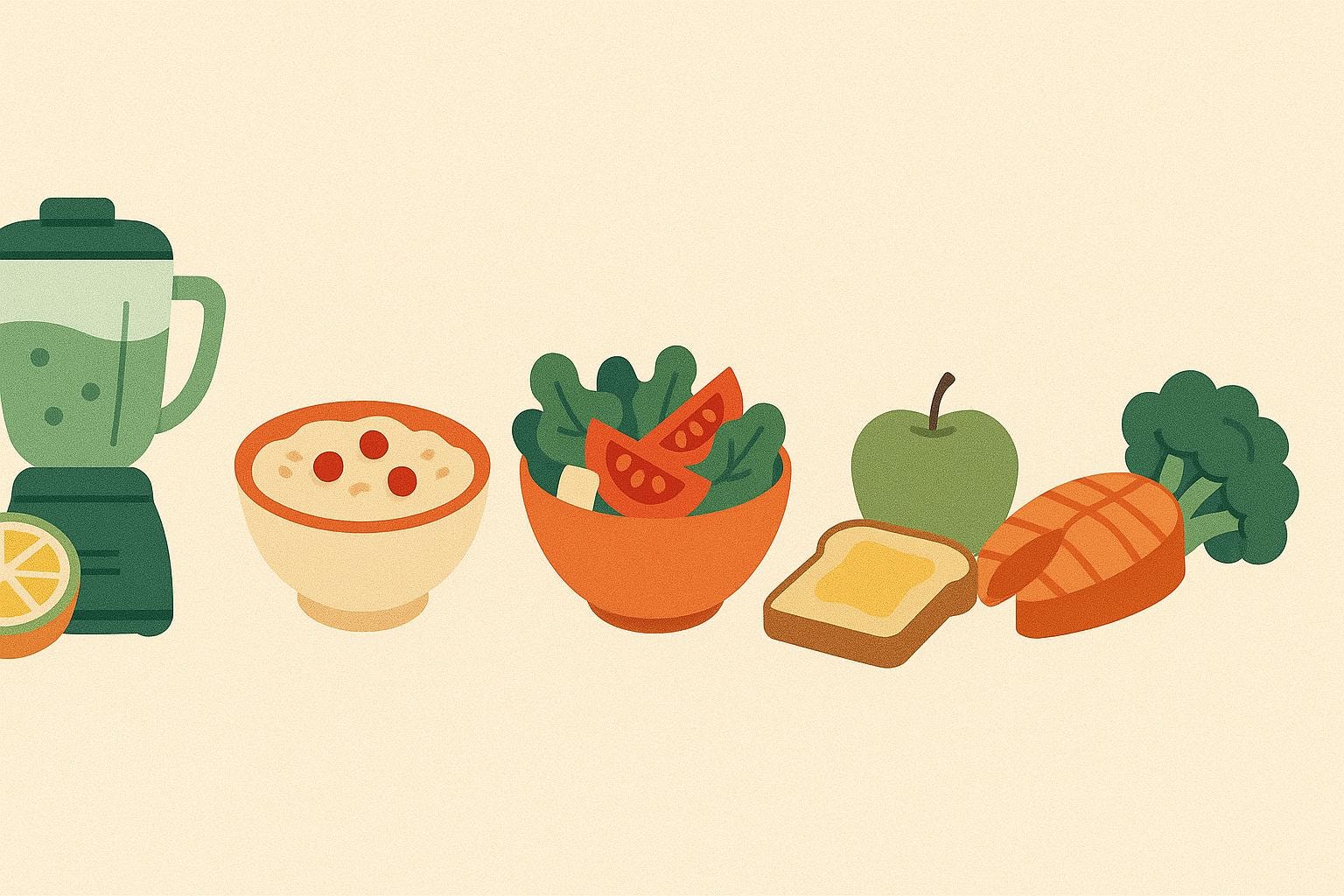
Each recipe uses affordable, fresh food items and covers your full meal plan — from early morning to dinner. These meals support healthy eating, reduce excess weight, and improve your health. You can also try diy, quick and easy healthy recipes that make eating right simple and fun.
1. Pre-Breakfast (Start Your Day Right)
Drink a glass of warm water with lemon. It boosts digestion and hydrates your body after sleep. If you prefer something light, go for:
-
1 cup of green tea or black coffee (no sugar)
-
A handful of soaked nuts like almonds or walnuts
Tip: This small step helps your body burn calories faster throughout the day.
2. Breakfast (Fuel Your Morning)
Your breakfast should keep you full till lunch. Choose one of these:
-
Oatmeal with skim milk, fruits, and a spoon of olive oil drizzle
-
2 boiled eggs with whole grains toast and sliced tomatoes
-
Smoothie made with spinach, banana, and Greek yogurt
✅Keeps blood pressure steady
✅Builds a stronger metabolism for healthy weight loss
3. Lunch (Balanced and Satisfying)
Lunch is the heart of your diet plan — it should balance nutrition and taste. Try:
-
Grilled chicken or fish with cooked vegetables like broccoli and veggies
-
Brown rice or quinoa for steady energy
-
Add a side of salad with olive oil dressing
Fact: According to Harvard Health Publishing, eating balanced lunches with lean protein and vegetables helps manage high blood pressure and reduces the risk of heart disease.
4. Evening Snack (Light but Energizing)
Avoid heavy snacks that raise your calories. Instead, try:
-
Roasted chickpeas or a small bowl of fruit
-
Air-popped popcorn with minimal salt
-
Green tea or herbal tea
These snacks prevent overeating at dinner and support steady weight loss through the week.
5. Dinner (Light and Nourishing)
Dinner should be light and full of fiber. Choose:
-
Lentil soup with steamed vegetables
-
Grilled tofu or chicken with mixed veggies
-
A small bowl of brown rice and salad
Pro Tip: Finish your meal 2–3 hours before bed to help your body digest properly.
How does this diet plan help you lose weight safely?
This free weight loss plan focuses on real food and smart eating habits — not starving or skipping meals. It helps you lose weight safely by giving your body the right mix of nutrients and calories it needs to stay strong.
According to the Centers for Disease Control and Prevention (CDC), losing 1–2 pounds per week is the safest rate for healthy weight loss.
Here’s how this diet plan works step-by-step:
-
You eat balanced meals with whole grains, fruits, vegetables, and lean chicken or fish.
-
It keeps your blood pressure and heart health in check while burning extra weight slowly.
-
It builds healthy habits that help you maintain your weight loss goals long-term.
As nutritionist Dr. Lisa Young says, “It’s not about eating less — it’s about eating right.”
This plan helps you do exactly that — lose fat, gain energy, and build a healthy lifestyle you can actually stick to.
Move More: Simple Physical Activities That Burn Fat & Help You Lose Weight
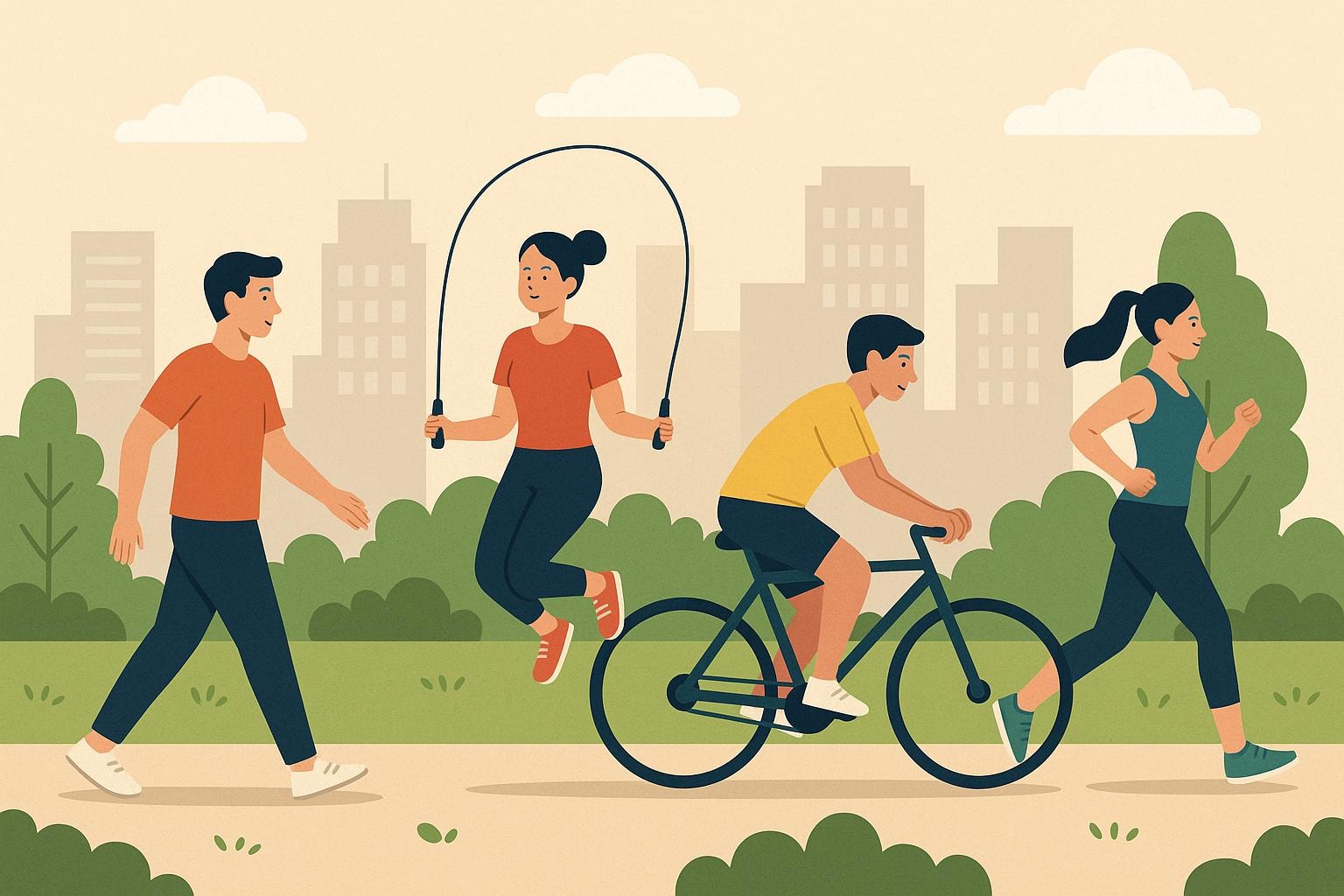
You don’t need a fancy gym membership to lose weight or stay physically active. Simple daily movements can burn calories, improve your body strength, and support your free weight loss plan. The goal is to move often — not just during workouts.
-
Brisk Walking (30 Minutes a Day): Easiest way to start your weight loss journey. Burns about 150–200 calories in half an hour. Try walking after lunch or dinner — it helps control blood pressure and supports better digestion.
-
Dance or Zumba at Home: Great for burning extra weight while having fun. Just 20 minutes of dancing can burn up to 150 calories. Choose your favorite music and move — it boosts your mood and metabolism.
-
Cycling (Indoor or Outdoor): Strengthens your legs and tones your body. Helps maintain a healthy weight and improves heart health. Even 15–20 minutes a day can make a difference.
-
Yoga and Stretching: Ideal for improving flexibility and reducing stress. Certain poses, like plank and downward dog, help burn fat and build core strength. A calm mind leads to better healthy habits.
-
Bodyweight Exercises (No Equipment Needed): Try these 10–15 minute moves daily:
-
Squats – tone legs and burn fat
-
Push-ups – build upper body strength
-
Lunges – improve balance and shape your legs
-
Plank – strengthen your core and back
-
-
Take the Stairs, Not the Elevator: Sounds simple but powerful. Climbing stairs can burn 8–10 calories per minute and strengthen your heart.
So, don’t overthink it — move your body, stay consistent, and make exercise a fun part of your daily routine!
How to know if your Health Conditions need Medical Guidance
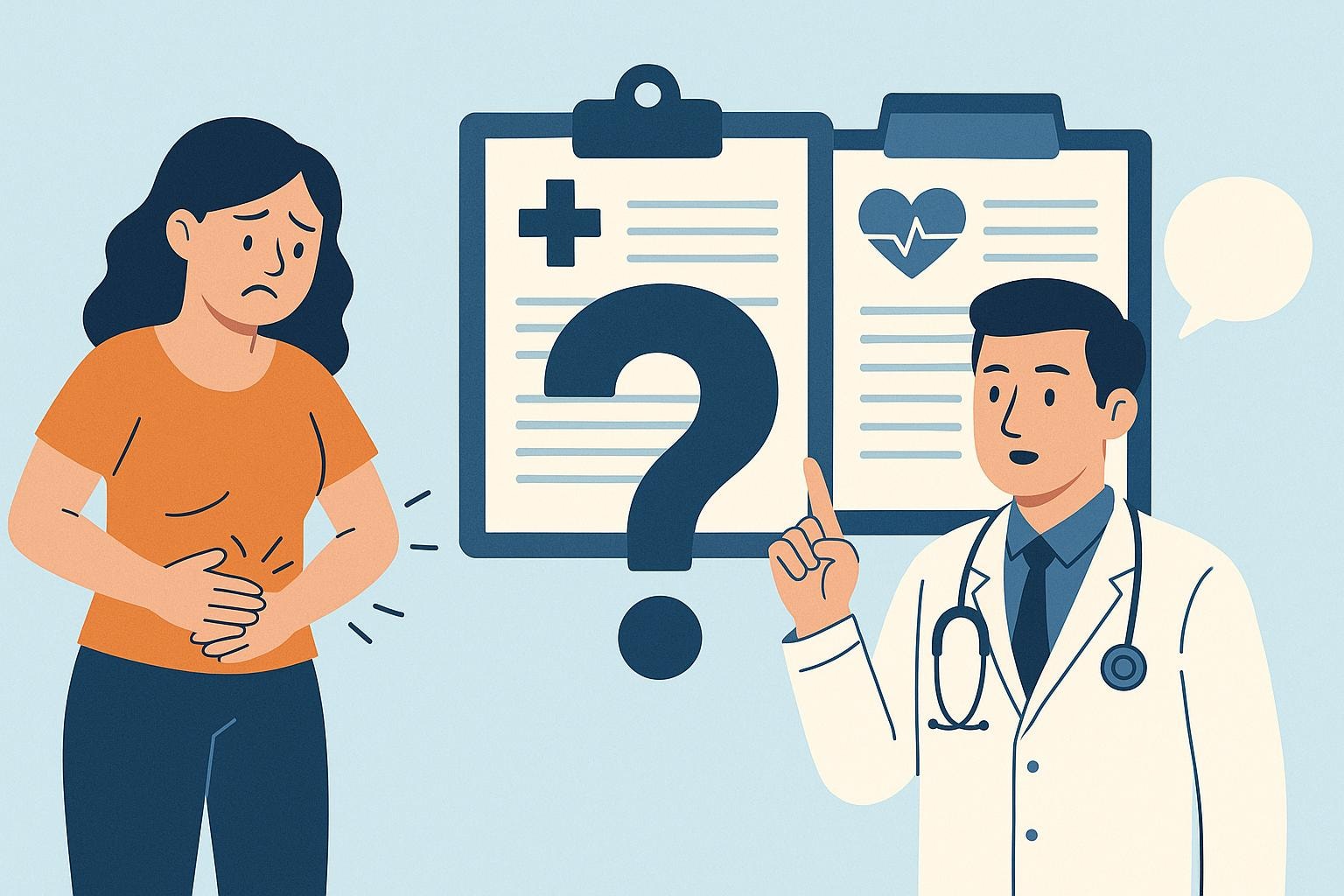
Starting a free weight loss plan can be exciting, but if you have health conditions, it’s important to be careful. Everyone’s body reacts differently to changes in diet, exercise, and calories.
If you have high blood pressure, heart disease, or diabetes, you should talk to your doctor before making big lifestyle changes.
Watch for warning signs like:
-
Feeling dizzy or weak after meals
-
Rapid changes in blood pressure or sugar levels
-
Shortness of breath or extreme fatigue during exercise
-
Trouble maintaining your healthy weight despite effort
If you experience these, seek advice from a doctor or dietitian. They can suggest safe ways to balance nutrition, manage medical conditions, and still lose weight effectively.
Safe ways to personalize your weight loss program
A good weight loss program should fit your needs — not the other way around. Safe, healthy weight loss means focusing on balance, not restrictions. Here’s how to make your plan personal and sustainable:
-
Get a Health Check-Up: Know your health conditions, body type, and weight loss goals. This helps create a safe and realistic plan.
-
Start Small: Make small changes to your meals and daily routine. Swap fried food for cooked vegetables, add whole grains, and use olive oil instead of butter.
-
Combine Diet with Physical Activity: Add 30 minutes of light exercise daily — even walking or stretching counts. It helps burn extra weight and supports heart health.
-
Follow Up Regularly: Track your blood pressure, nutrition, and body progress weekly. If anything feels off, talk to your doctor early.
"Find free plans, healthy recipes, expert tips, and community support to keep you motivated every week.
👉 Start My Journey Now"
Final Note
You don’t need expensive programs or crash diets to get real results. This free weight loss plan helps you eat better, move more, and stay consistent without pressure.
Focus on healthier eating habits like adding more fruits, vegetables, and whole foods to your meals. A small step, like including 1 cup of fruit daily, can make a big change in your diet.
Stay aware of risks like skipping meals or following unsafe trends — they can slow your progress. Instead, choose foods that support your body and your goals. As Harvard Health Publishing says, “Good nutrition isn’t about restriction — it’s about balance.”
So, take control. Stick to simple programs that fit your lifestyle, track your progress each week, and remember: small actions lead to big results in the long run.






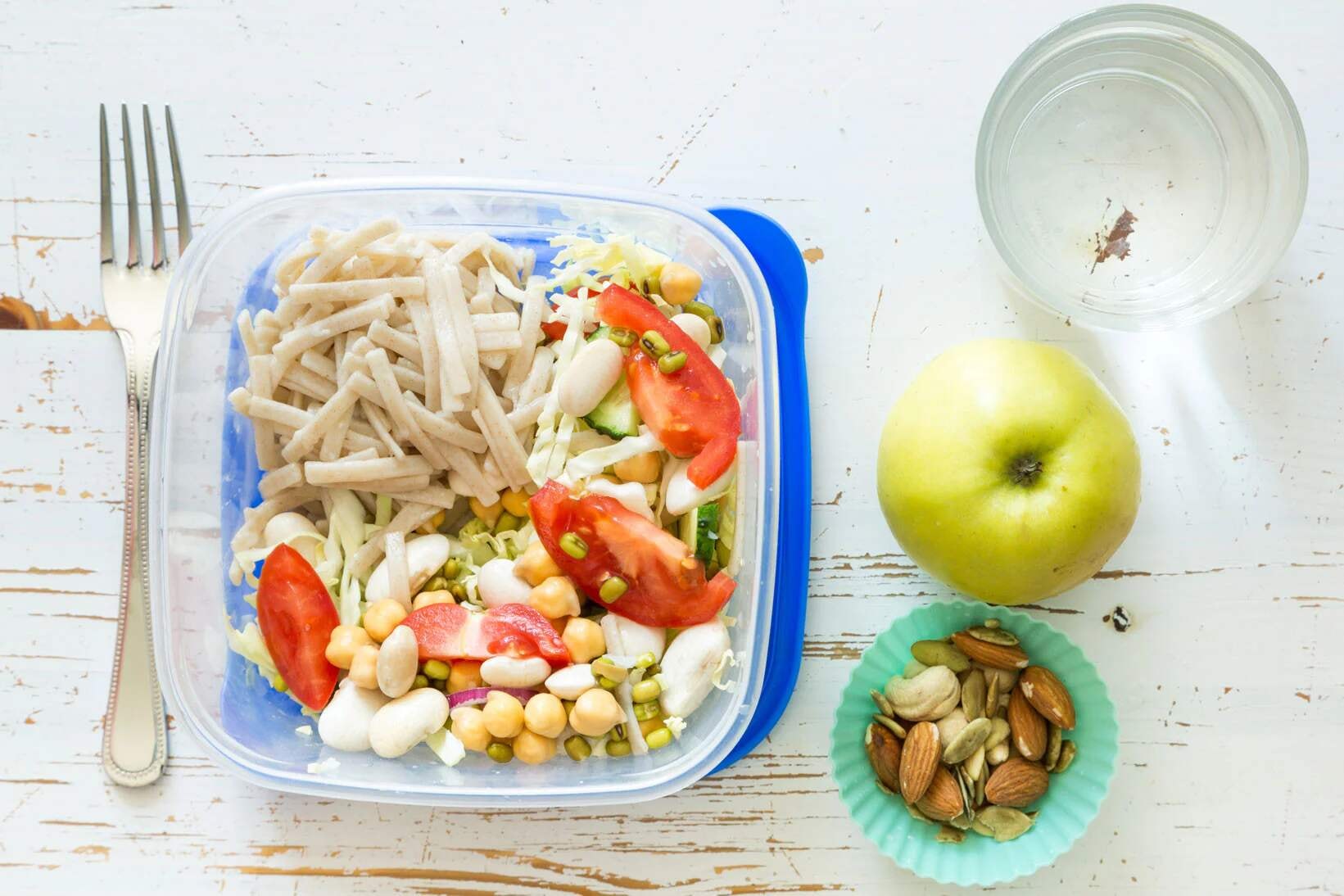
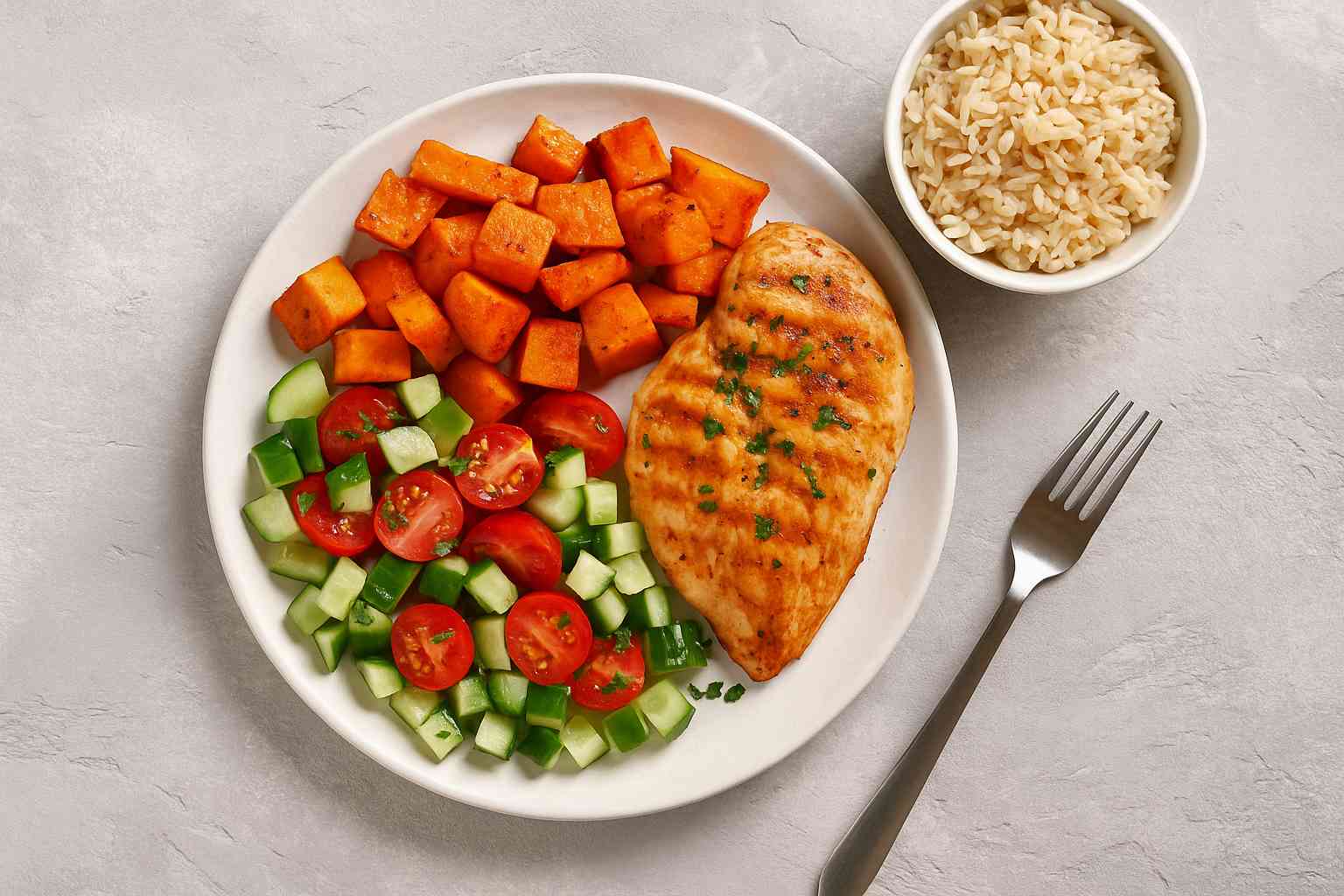
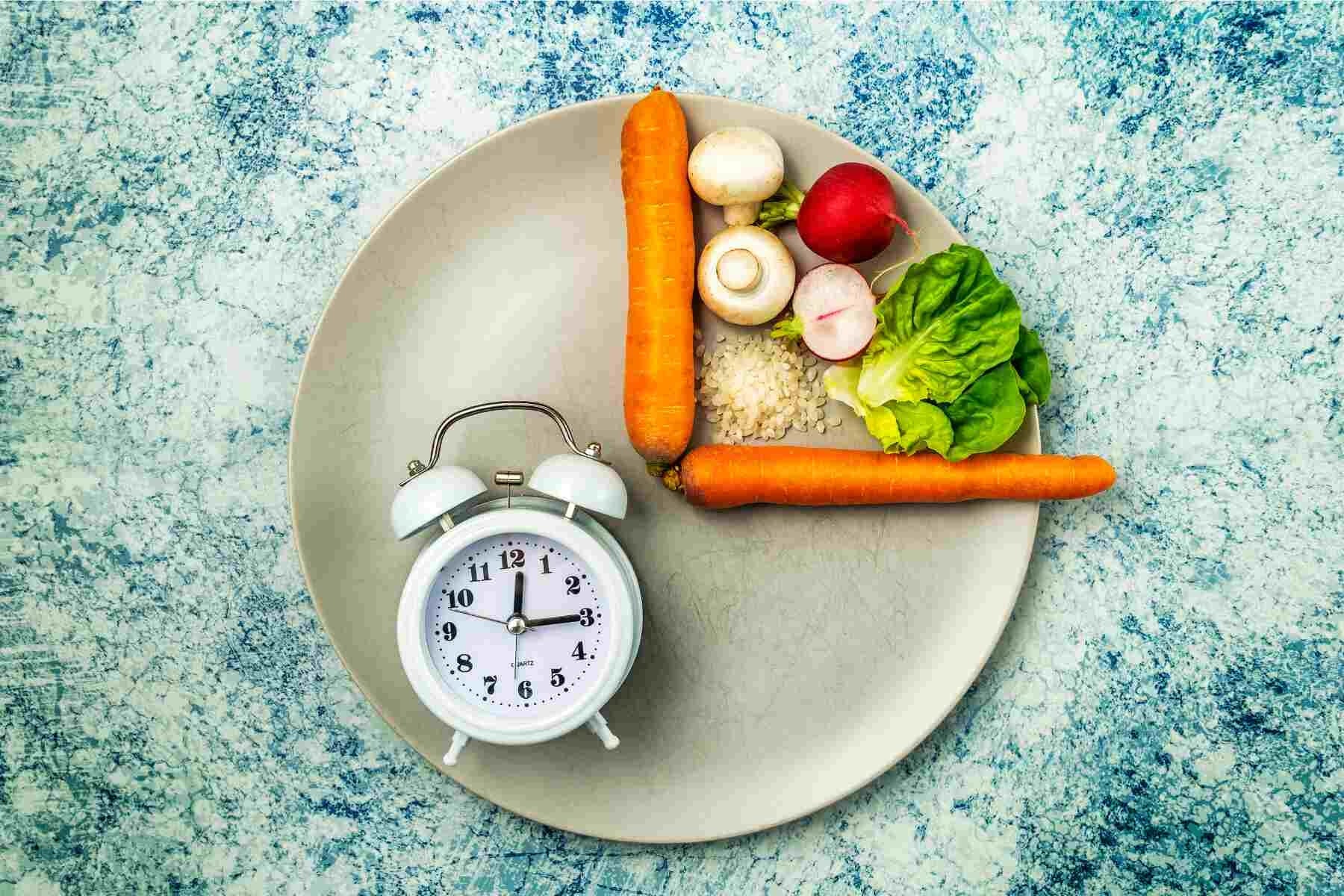

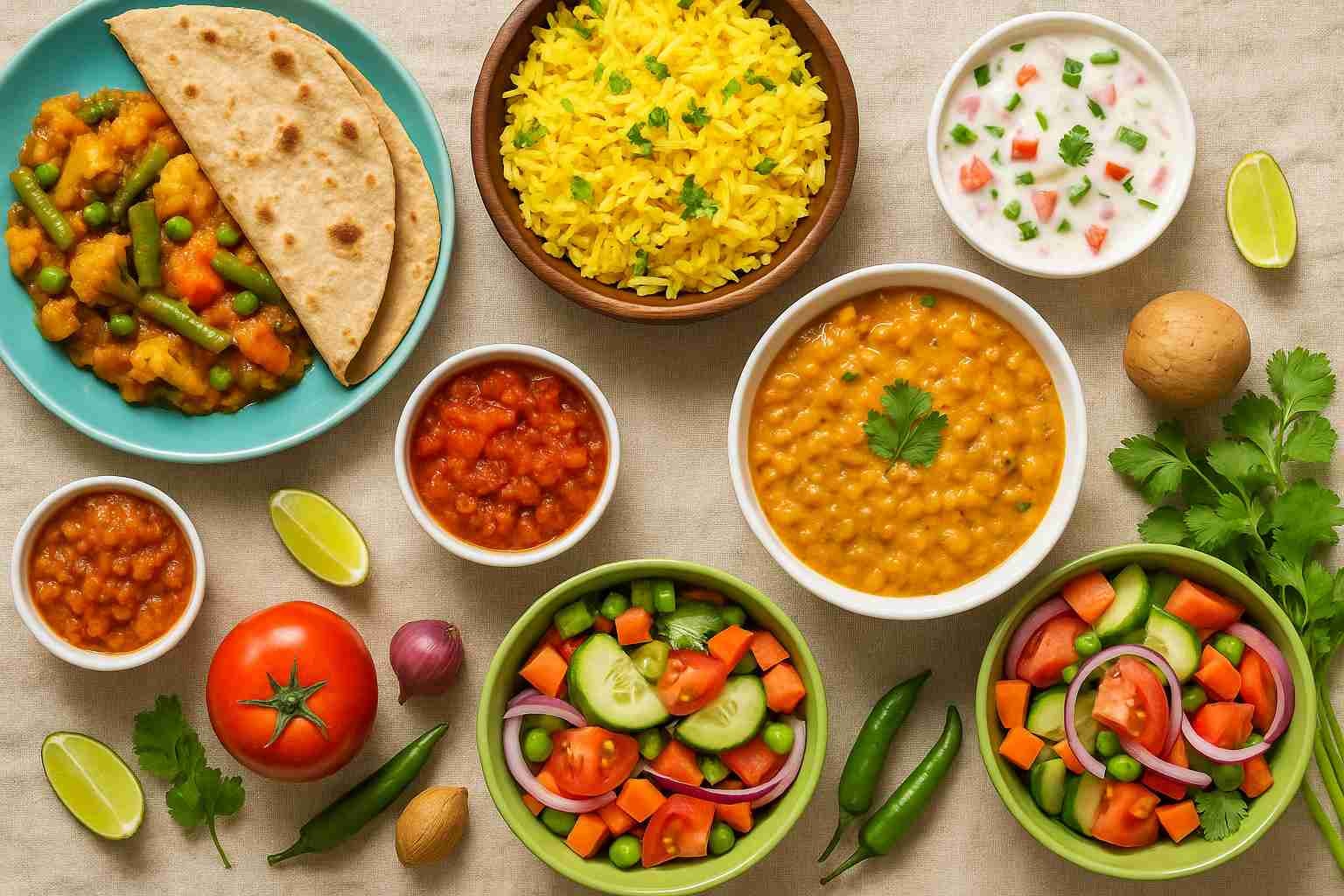




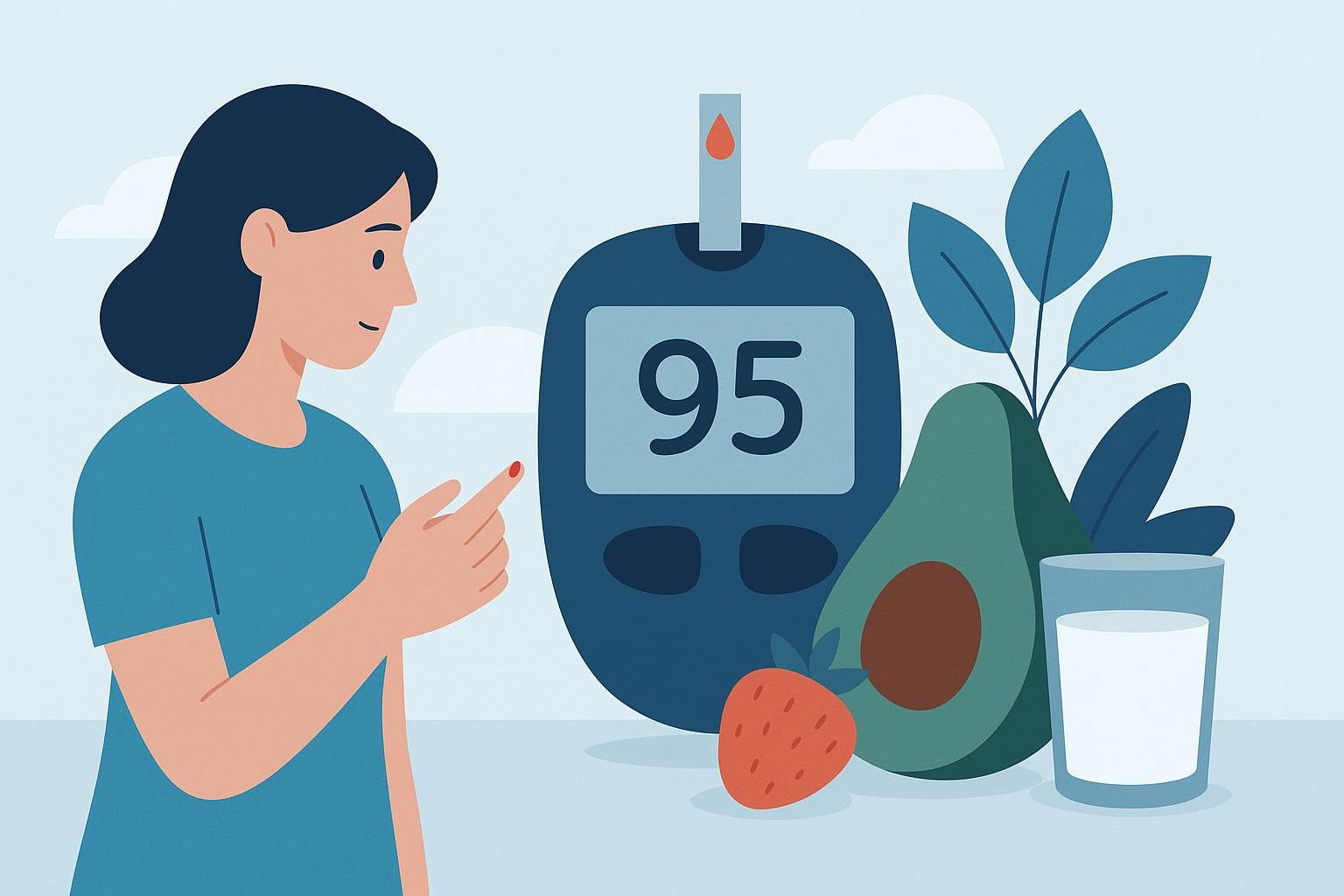
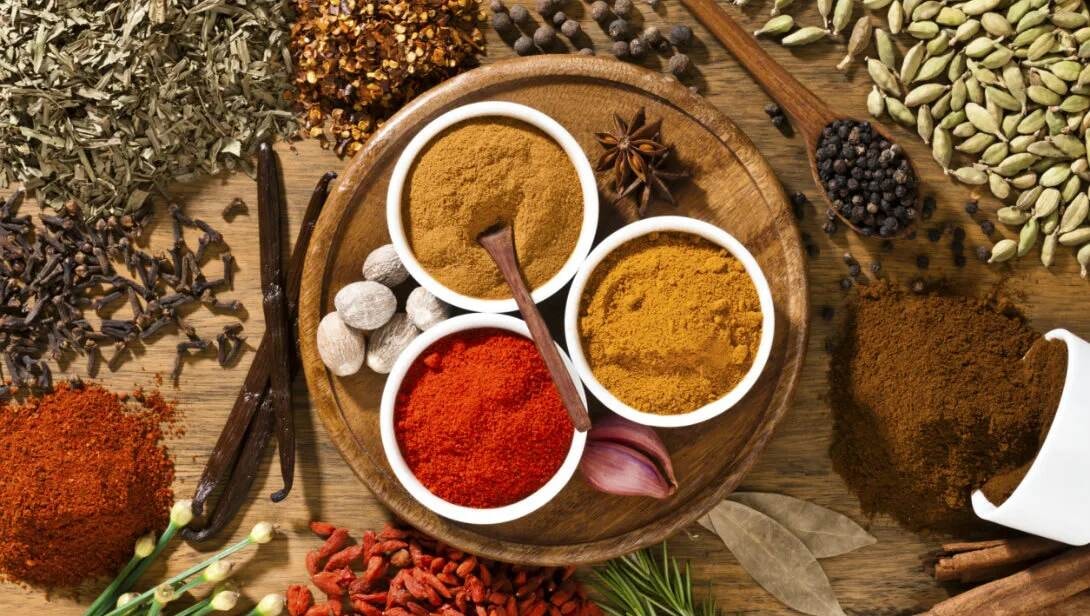
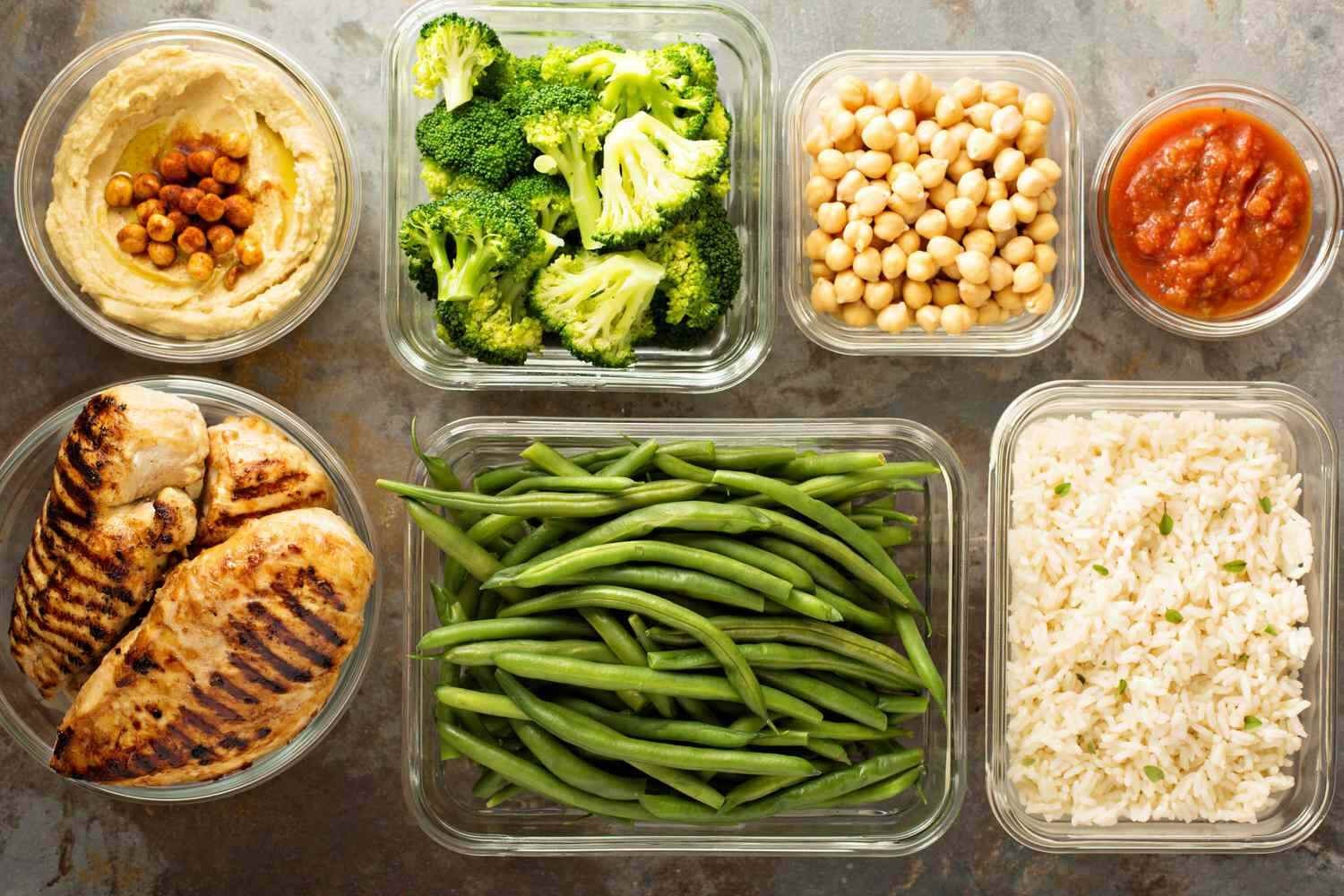
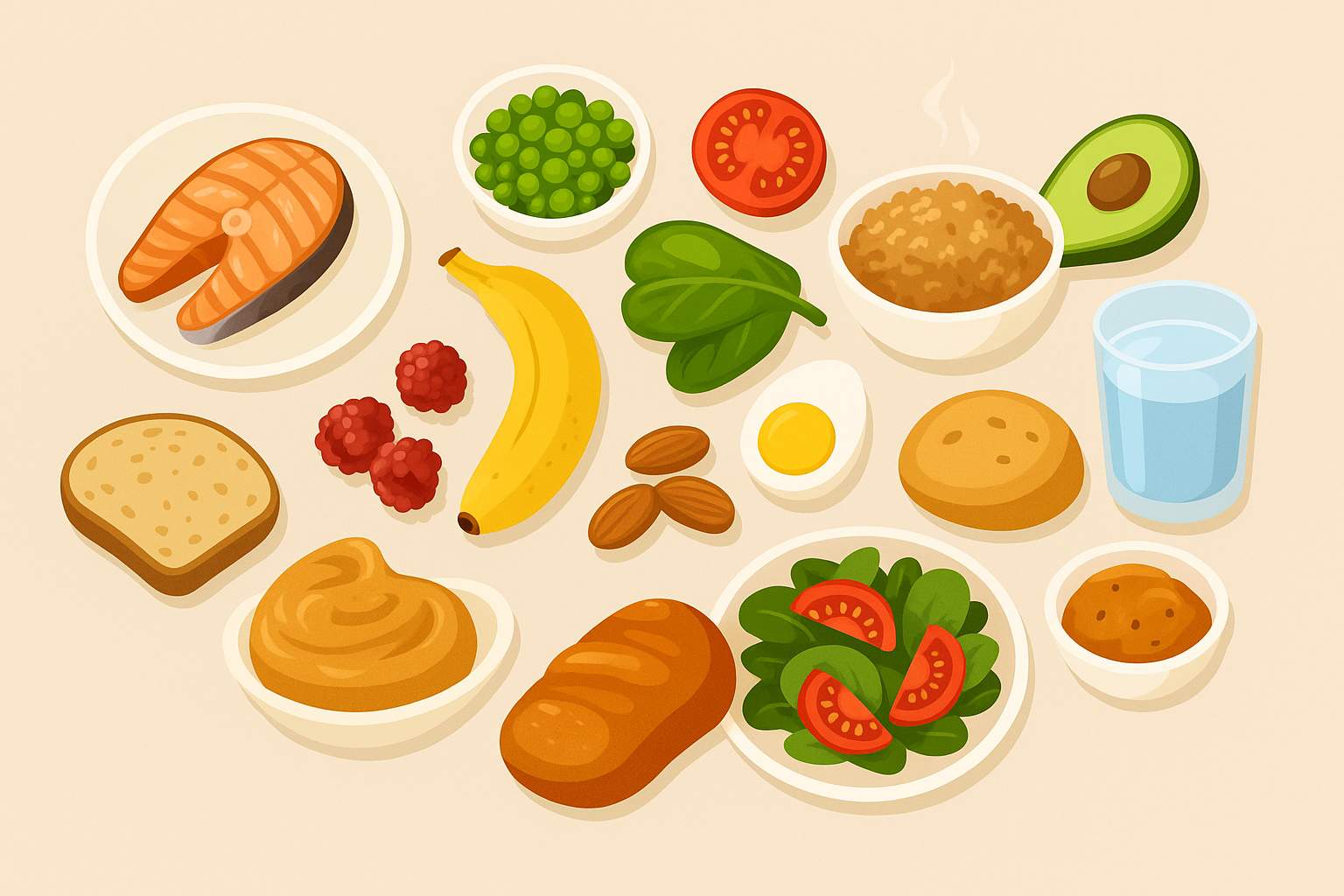
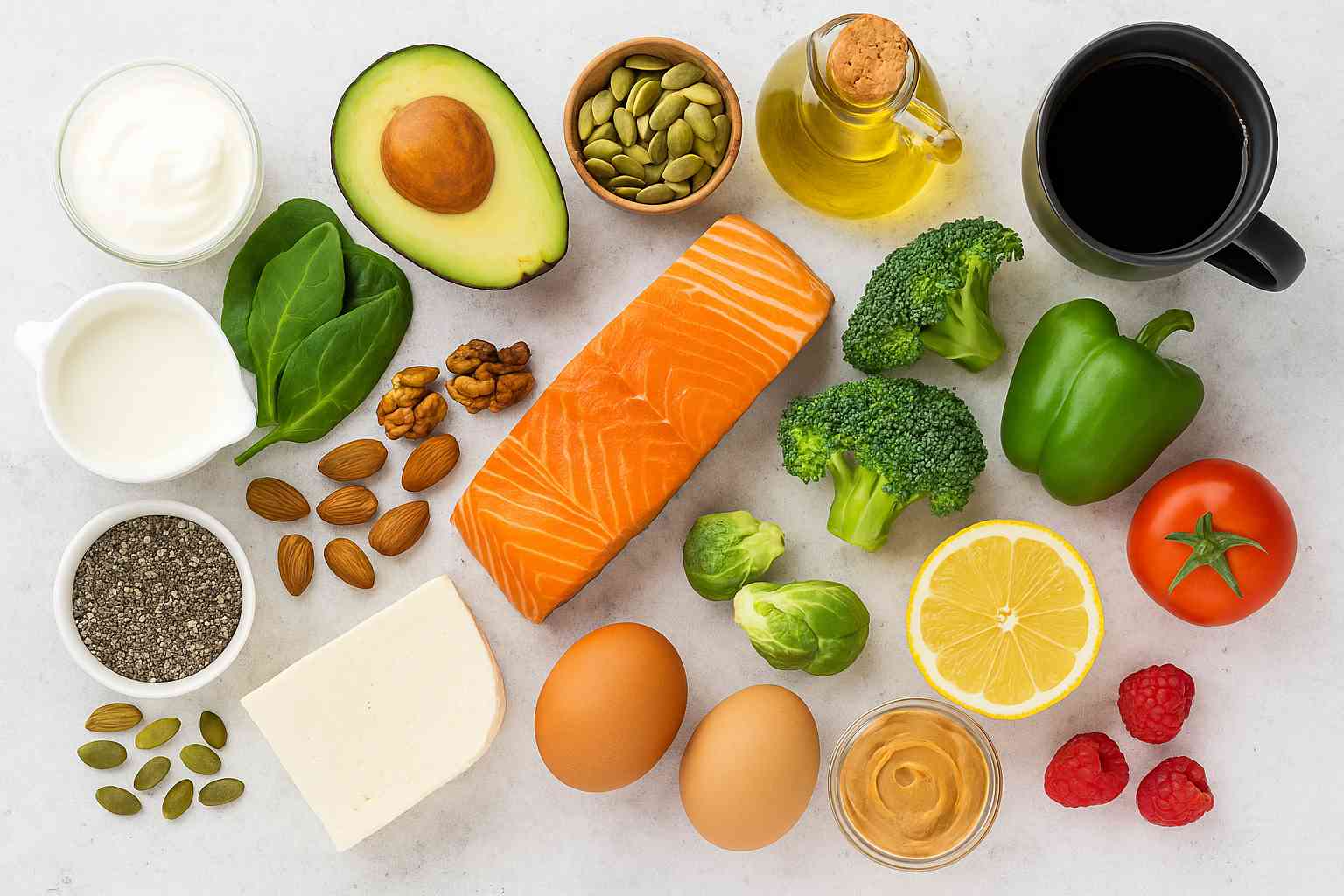
Leave a comment
Translation missing: en.blogs.comments.discription